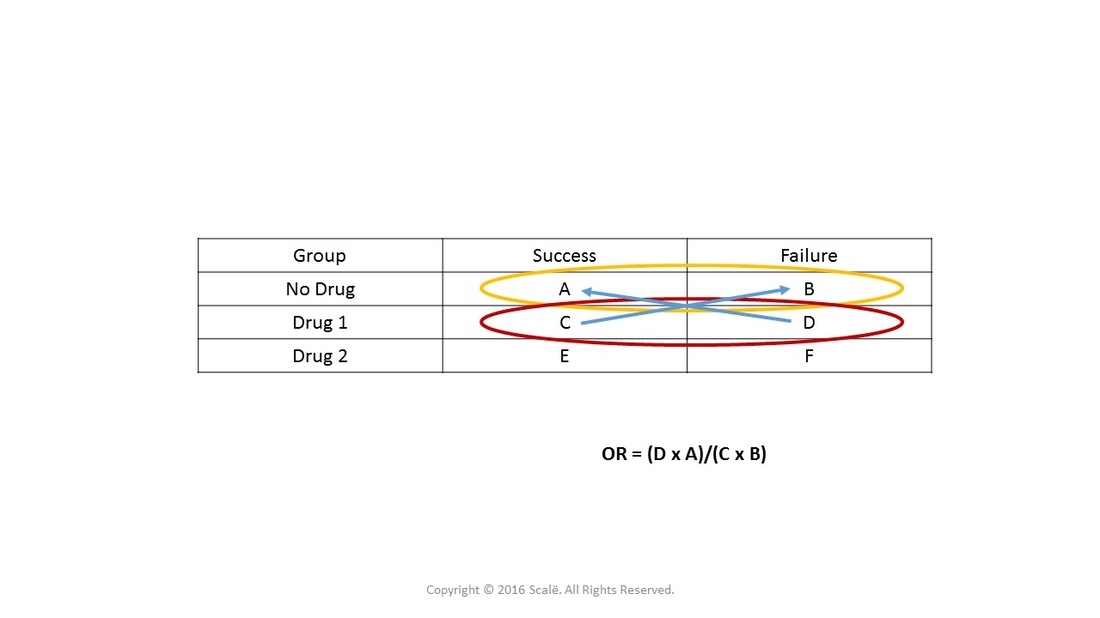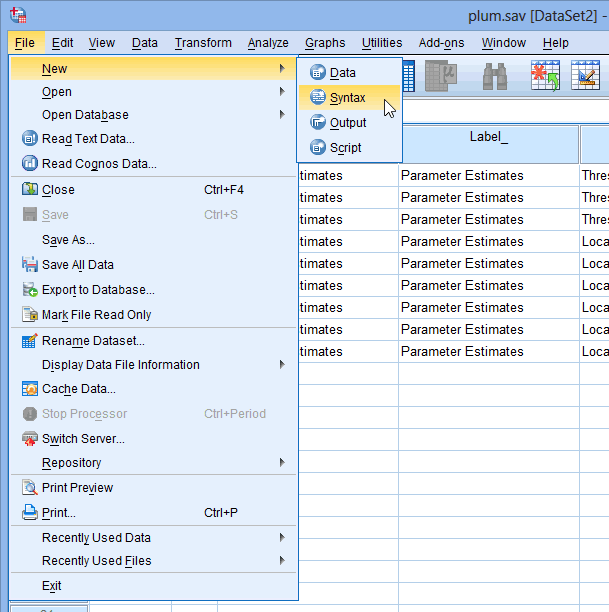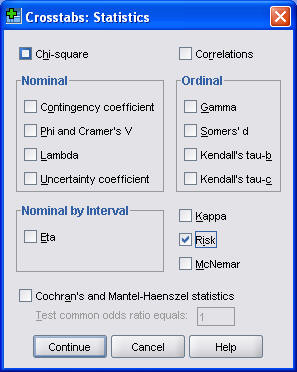
Note that when a study reports no events (or all events) in both intervention and control groups the study provides no information about relative probability of the event and is automatically omitted from the meta-analysis (Higgins & Green, 2011). See Meta-analysis: introduction for interpretation of the different publication bias tests. When heterogeneity is present the random effects model should be the preferred model. See Meta-analysis: introduction for interpretation of the heterogeneity statistics Cohran's Q and I 2. with wider confidence interval), but the results from the two models usually agree where there is no heterogeneity. The random effects model will tend to give a more conservative estimate (i.e. If the value 1 is not within the 95% CI, then the Odds ratio is statistically significant at the 5% level (P<0.05). The pooled odds ratio with 95% CI is given both for the Fixed effects model and the Random effects model. The program lists the results of the individual studies: number of positive cases, total number of cases, and the odds ratio with 95% CI.



In this example, in a first study 73 cases were treated with an active substance and of these, 15 had a positive outcome. The data of different studies can be entered as follows in the spreadsheet: Next the heterogeneity statistic is incorporated to calculate the summary odds ratio under the random effects model (DerSimonian & Laird, 1986). MedCalc uses the Mantel-Haenszel method (Mantel & Haenszel, 1959) for calculating the weighted pooled odds ratio under the fixed effects model. Contingency tables help display data and are particularly useful when calculating probabilites that have multiple dependent variables.For a short overview of meta-analysis in MedCalc, see Meta-analysis: introduction. There are several tools you can use to help organize and sort data when calculating probabilities. Available online at (accessed May 2, 2013). “United States: Uniform Crime Report – State Statistics from 1960–2011.” The Disaster Center. “Strange Facts about RH Negative Blood.” eHow Health, 2013. “Human Blood Types.” Unite Blood Services, 2011. “Ethnic and Racial Differences in the Smoking-Related Risk of Lung Cancer.” The New England Journal of Medicine, 2013. Available online at (accessed May 3, 2013).ĭata from the National Center for Health Statistics, part of the United States Department of Health and Human Services.ĭata from United States Senate.

The total number of people in the sample is 755.
#How to do odds ratios with rxc groups on spss on mac drivers
Suppose a study of speeding violations and drivers who use cell phones produced the following fictional data:


 0 kommentar(er)
0 kommentar(er)
